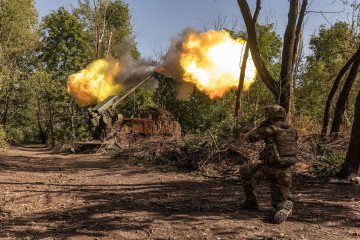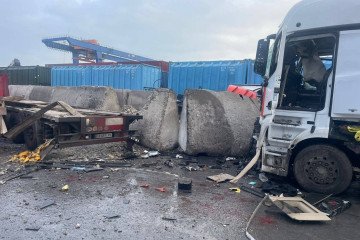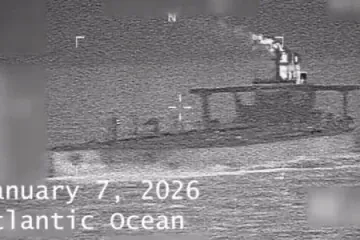- Category
- Latest news
Europe Risks Falling Short of 2030 Defense Goals as Russia Expands Arsenal, New Report Warns

Despite significant increases in defense spending since Russia’s full-scale invasion of Ukraine in 2022, Europe may still fall short of achieving the military strength needed by 2030, a new study warns.
The findings, presented on Friday, June 20 in Brussels, come from the Kiel Institute for the World Economy and the Brussels-based think tank Bruegel, DW reports. This updated report builds on their previous assessment from September 2024, which concluded that Europe would not be ready for a major military confrontation for several decades.
“If Europe aims to be prepared for war by 2030, the outlook is even more concerning,” the Kiel Institute said in a press release.
The study draws on data from the Kiel Military Procurement Tracker, which compares Russian military production with arms procurement in Germany, the UK, Poland, and France from 2020 to 2025.
According to DW, over the past three years, Russia has significantly expanded both the quantity and quality of its military capabilities. In response, European defense spending has risen from an average of 1.4% of GDP to more than 2%, and is expected to keep growing.
However, researchers note that Russia still maintains a considerable lead in terms of the number of deployed weapons systems. To close the gap, Europe would need to increase defense production fivefold and accelerate procurement timelines, the report says.
At the same time, the study highlights increased European production of artillery shells and howitzers, which now “almost meet the requirements for a credible deterrence.” Annual output has grown to over 400 howitzers, up from 168 in 2022, with millions of shells being produced each year.
Despite these improvements, the report stresses that Europe’s output of tanks, infantry fighting vehicles, missiles, and combat aircraft remains well below required levels. According to the authors, production of tanks and armored vehicles needs to increase sixfold to match Russia’s rearmament pace. Missile production capacity must also be urgently expanded.
Another key vulnerability is Europe’s reliance on the United States for advanced weapons technologies. The study notes that domestic production of high-end systems remains limited and, on average, more expensive than foreign alternatives.
To address this, the researchers recommend prioritizing investment in new military technologies that have proven effective on the battlefield in Ukraine. Currently, Europe spends around €13 billion annually on defense R&D—far below the $145 billion invested by the US.
“Strengthening Europe’s industrial base and reducing technological dependence will be essential for long-term security,” the report concludes.
Earlier, it was reported that NATO has successfully completed testing of advanced systems capable of intercepting Russian guided aerial bombs (KABs)—a major step toward neutralizing one of the Kremlin’s most destructive battlefield weapons. The technology is expected to be delivered to Ukraine by the end of 2025.



-72b63a4e0c8c475ad81fe3eed3f63729.jpeg)

-111f0e5095e02c02446ffed57bfb0ab1.jpeg)


